Allotments in Birmingham: history, policy and statistics – 1960s to the present day
by Kate Snell (project volunteer)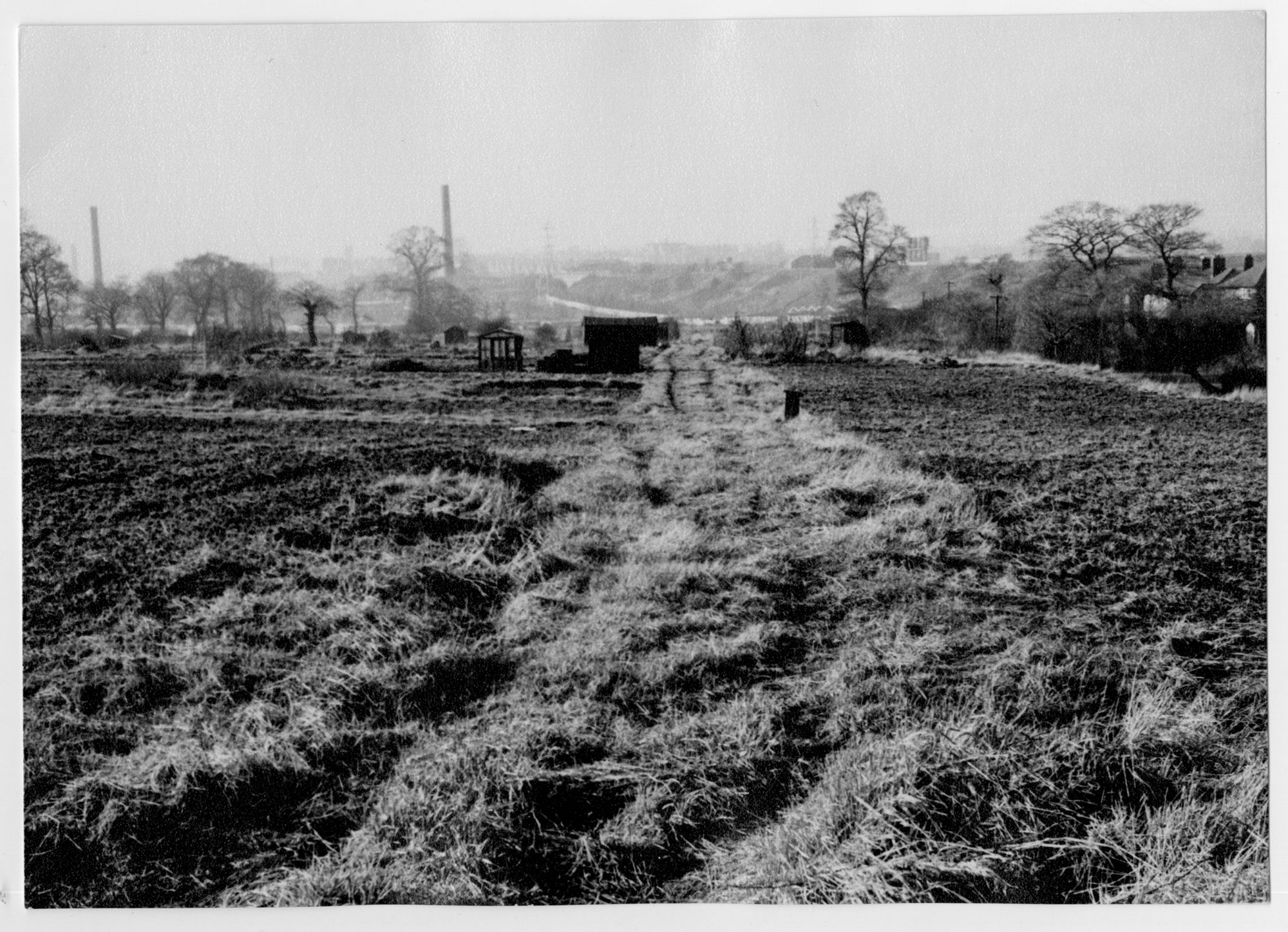
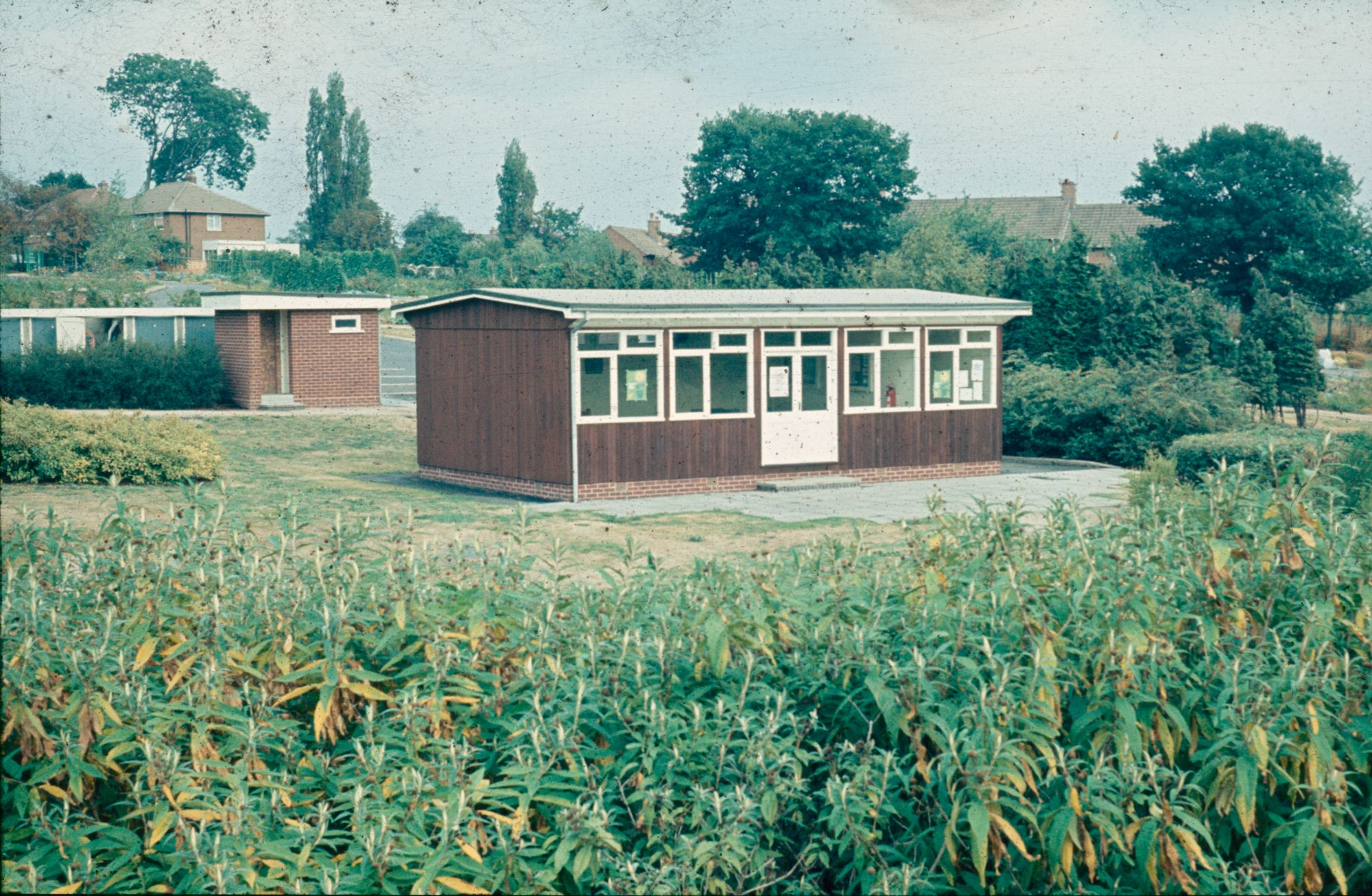
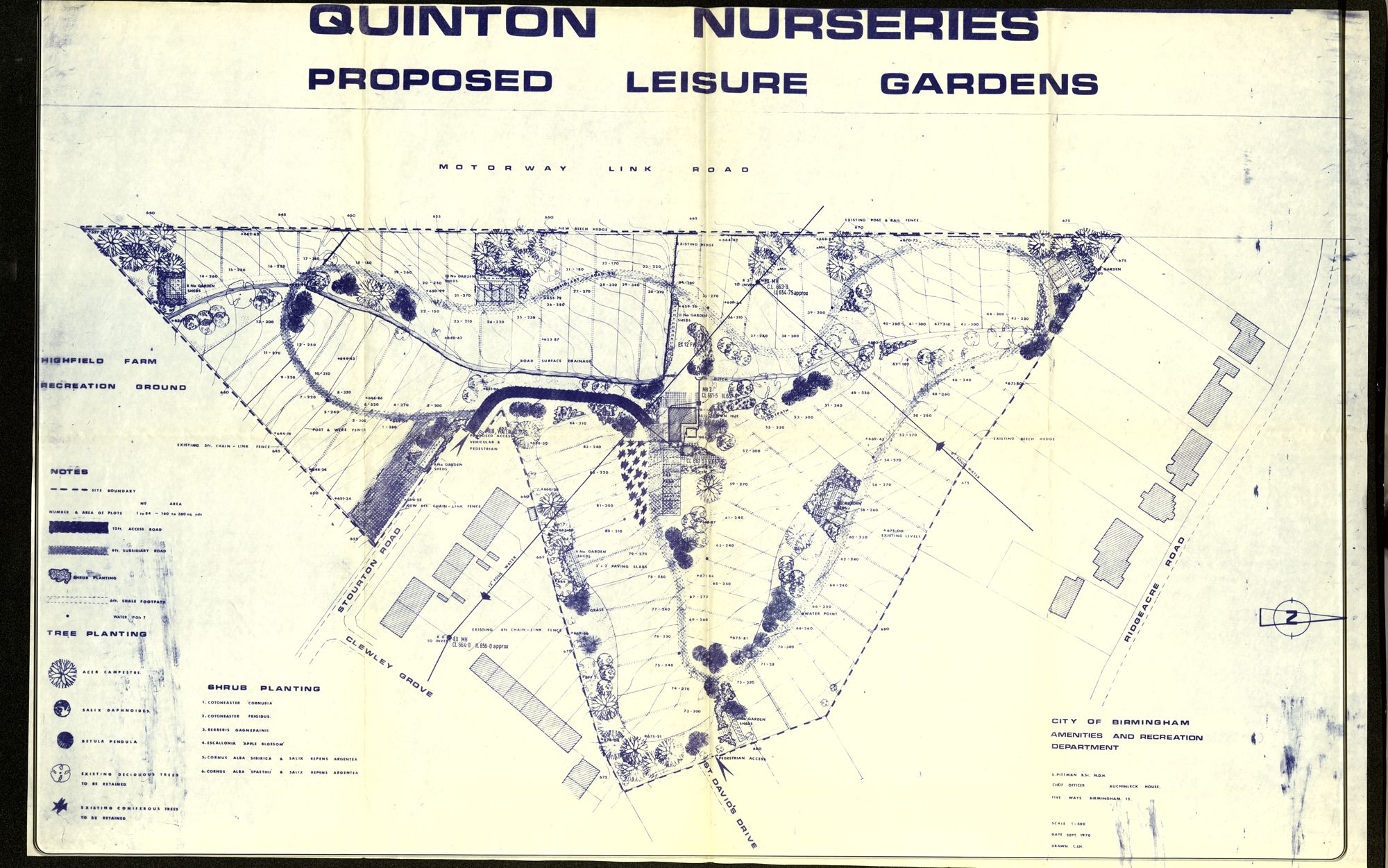

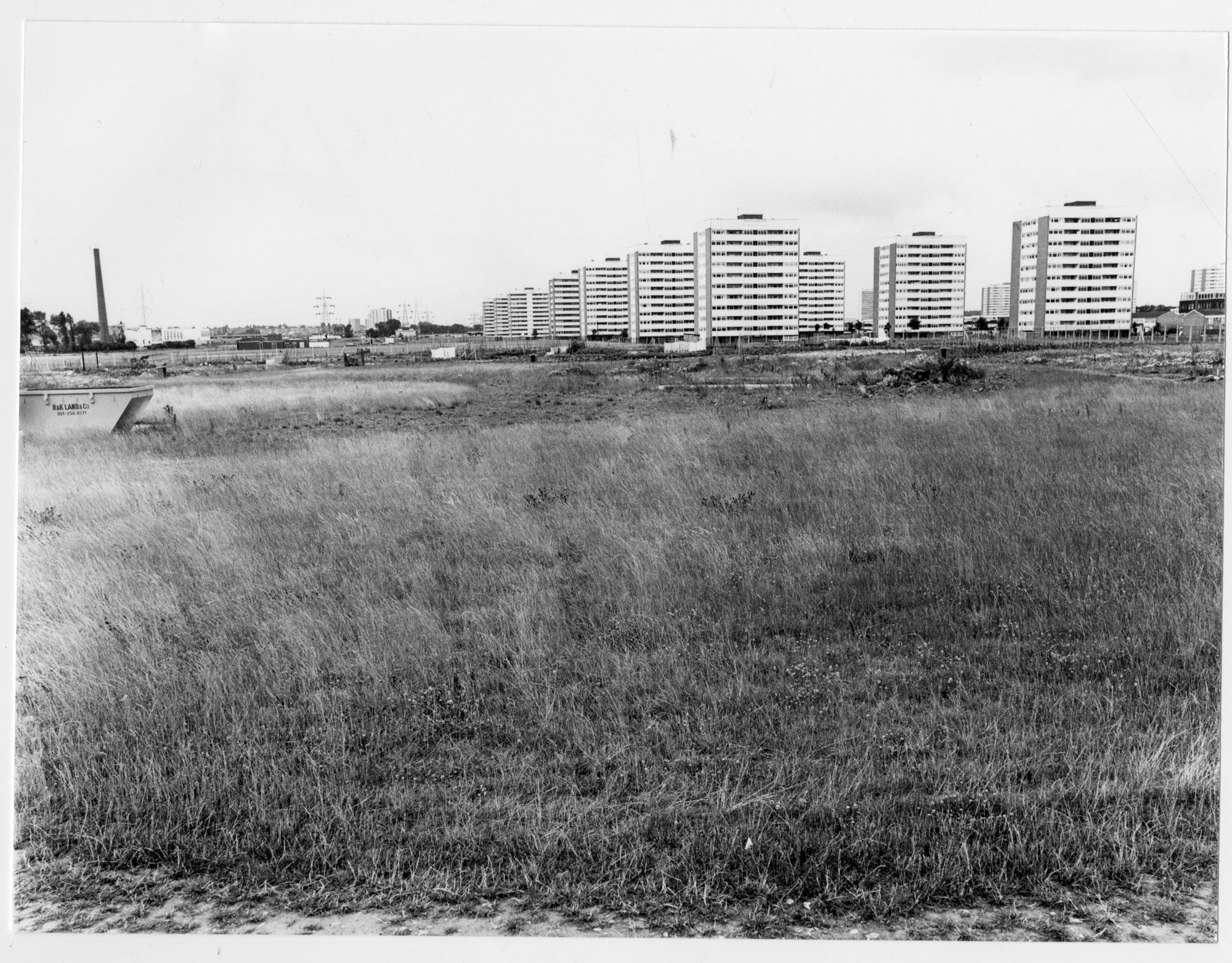
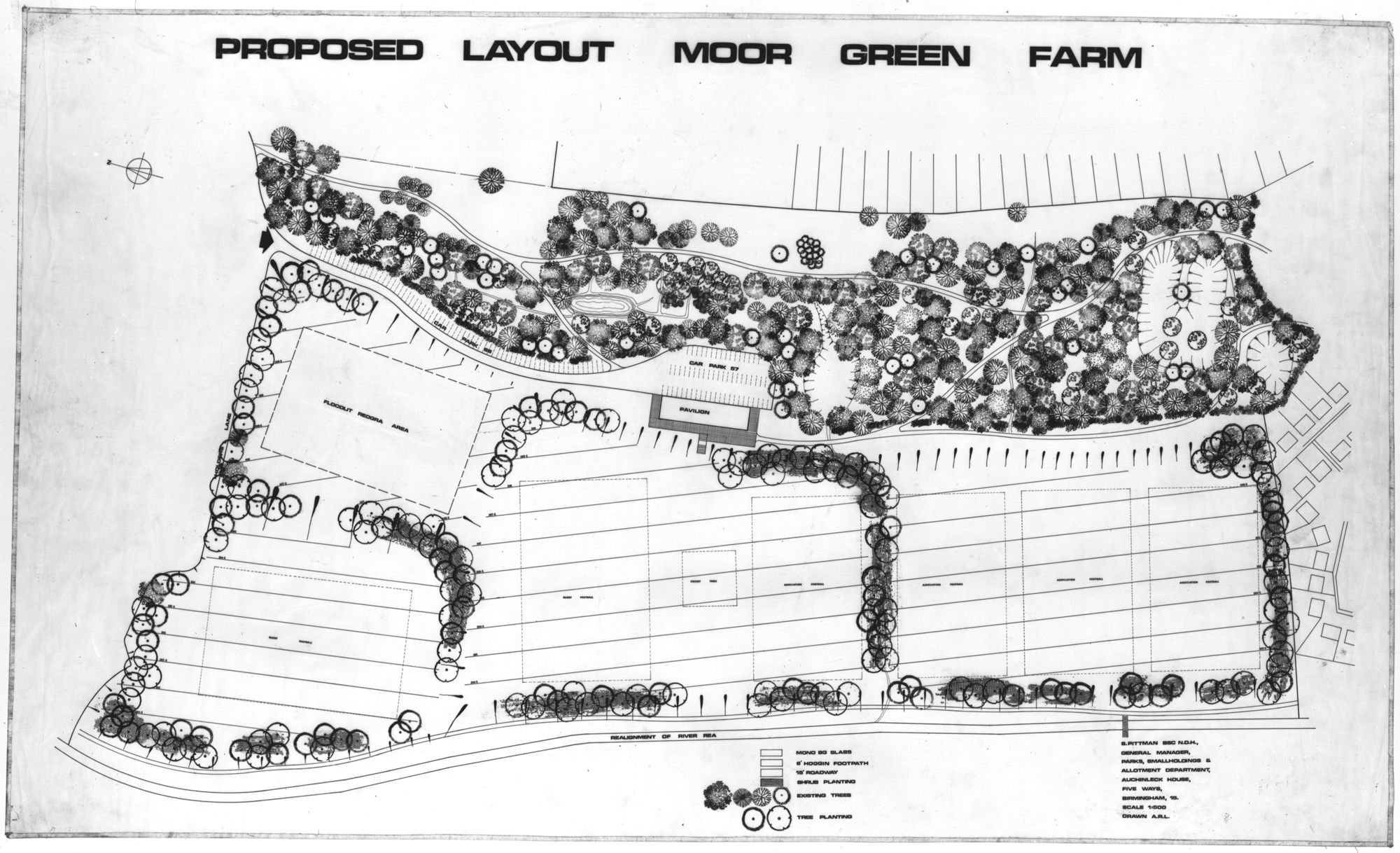
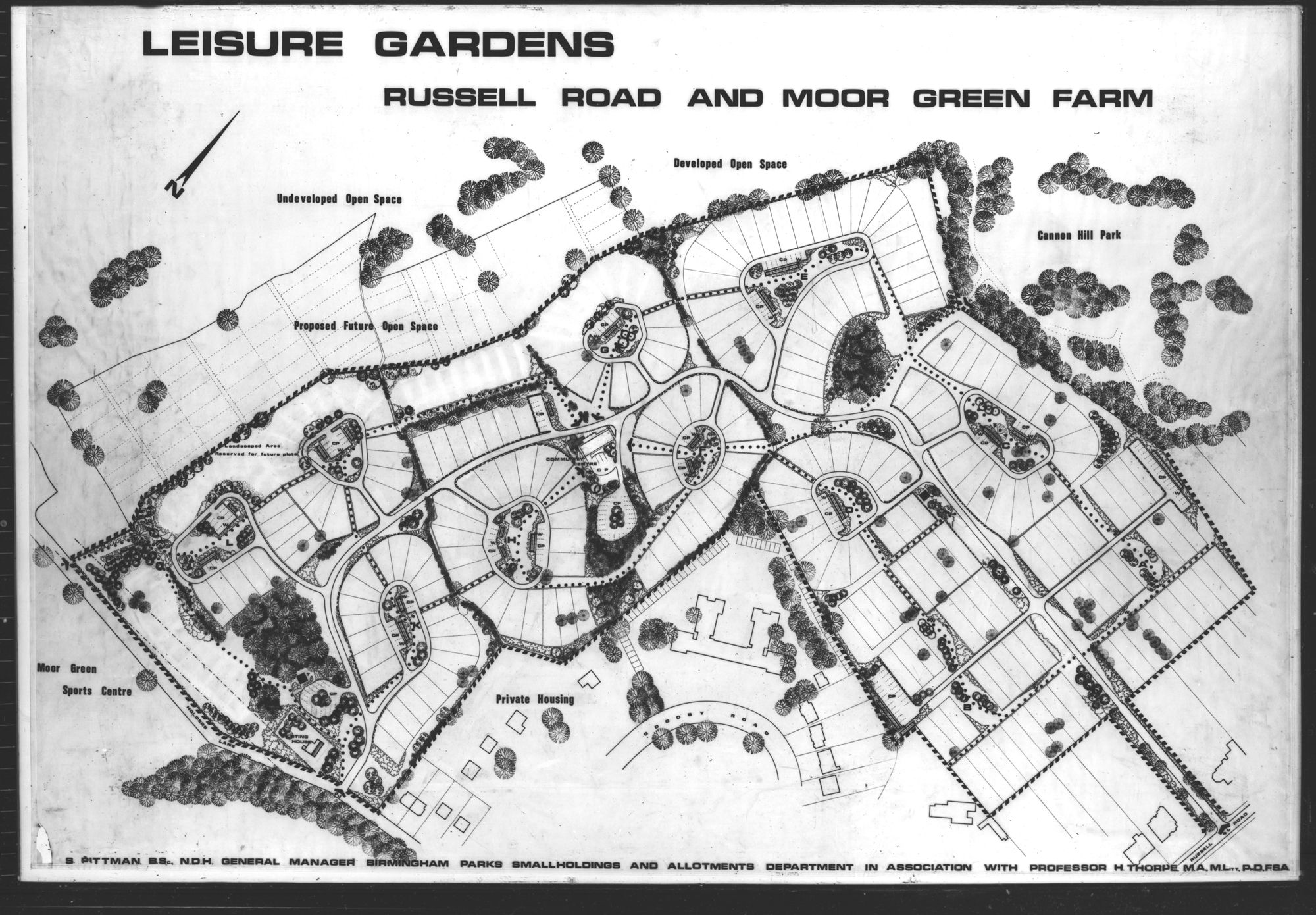

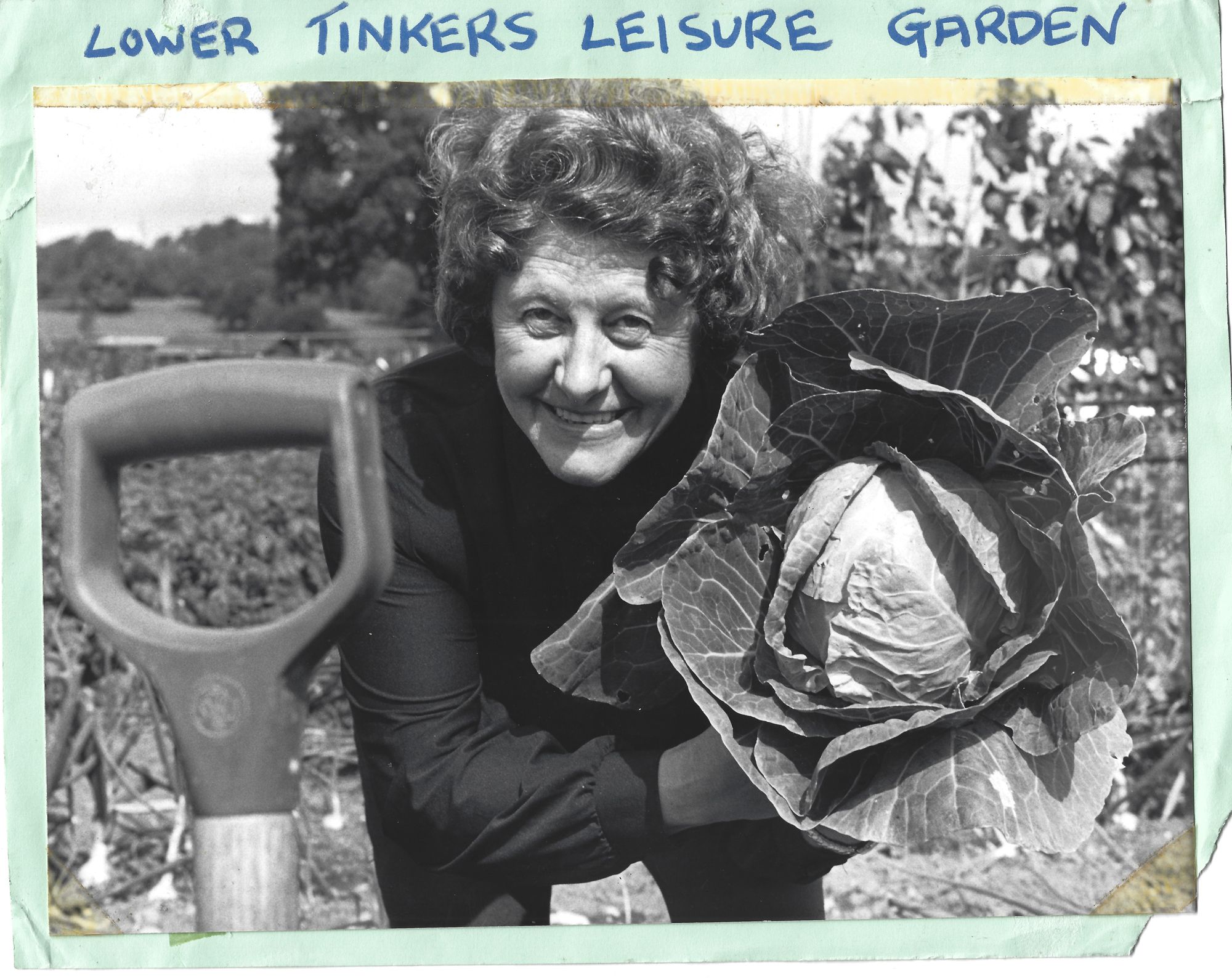
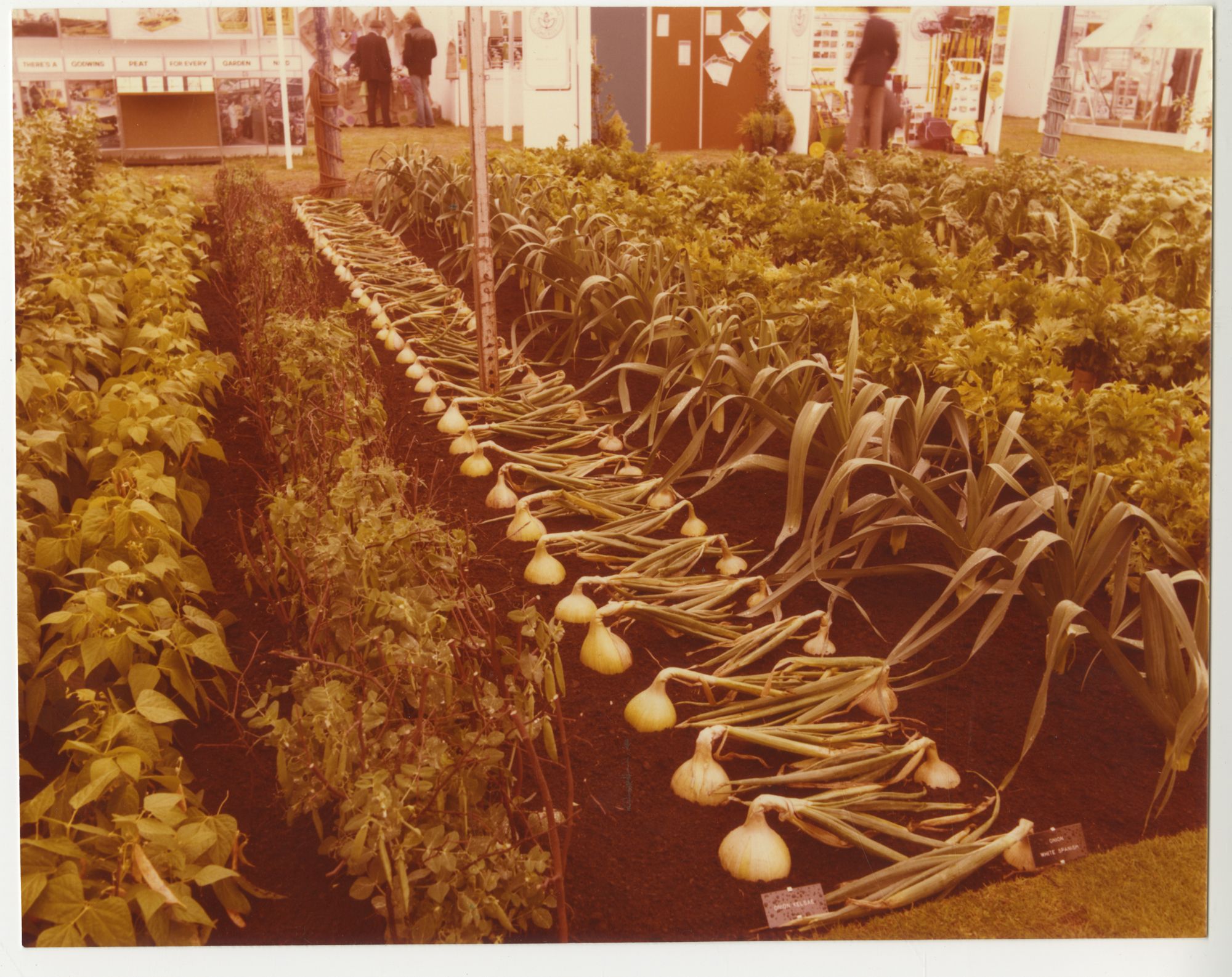














In the early 1960s, during considerable change and redevelopment in Birmingham, the city council undertook a review of property land holdings and redevelopment of the city, including land in use as allotments.
The second world war had seen a considerable increase in land being used as allotments to produce food. The 1960s review sought to rationalise and improve allotments across the city. Prior to the commissioning of the Thorpe report in 1965, Birmingham city council was already reviewing its allotment provision and necessary improvements. For example, water supply, toilets, roads and fencing were being provided or improved as needed, and there also seems to have been a move towards allotments as leisure gardens for recreation, as well as for food production. Alongside this was a desire to ‘tidy up’ allotments: removing broken down and ramshackle buildings and, on some sites, providing new store buildings for plot holders.
As evidenced from the Small Holdings and Allotment Committee Allotment Sub-committee reports from the 1960s, land was being appropriated and sold to improve the quality and suitability of allotment sites. There seemed to be a very real interest and investment in allotments and making them work well for 1960s gardeners, although the attitude of the committees could, in some instances, be viewed as paternalistic.
The Thorpe report
In 1965, the central government minister of land and natural resources commissioned a committee of inquiry into allotments for the ministry of housing and local government. Professor H. Thorpe, who worked at Birmingham University, was appointed chairman of the committee, and Mr B. V. White the secretary. Their report was published in 1969 and became known as the Thorpe report.
The commissioning of the Thorpe report by the UK government coincided with the work already underway in Birmingham. The city council embraced Thorpe’s work, enthusiastically providing a substantial amount of data about their allotment sites as well as co-ordinating the views of Birmingham plot holders. When the Thorpe report was published in 1969, it contained 44 recommendations. It was at this point that the idea of the leisure garden was officially born.
The remit of the Thorpe report was:
“to review general policy on allotments in the light of present day conditions in England and Wales and to recommend what legislative and other changes, if any, are needed.”
The report was extensive and thorough, looking at the history of allotment provision as well as present day conditions, existing laws and historic legislation.
Guinea gardens
Historically, allocation of land as allotments or smallholdings was mostly in rural areas, as a response to the enclosure of common land during the 1700s. In urban areas like Birmingham, landowners around the central areas of the city saw an opportunity and rented out areas of land as gardens for the lower-middle-class residents at the cost of one guinea per year, hence the phrase ‘guinea gardens’.
These gardens were used for recreation and growing flowers as well as fruit and vegetables; often, they would include a small building or bothy with a fireplace for shelter and comfort. Around the 1850s, the number of guinea gardens in Birmingham began to decline, as land was in demand for development and the new railways.
The first world war
Professor Thorpe provided some background to the evolution of the allotment movement around the time of the first world war:
“the allotment movement as we know it today came into its own during the first world war because of the urgent need to increase home food production. The large upsurge of interest in allotment cultivation which this engendered to some extent diminished after the war. During the depression however when large numbers were out of work allotments were seen as a means of ameliorating the lot of the unemployed who were enabled to grow their own food cheaply. As a result the movement has since been required the appearance of a charitable service from which it is not yet recovered.”
It was this perception of physical deterioration and decline in allotment use after the second world war that prompted the national review of allotments in the 1960s.
The first recommendation of the Thorpe report stated that:
“Allotment gardening should in future be considered primarily as a recreation. Local authorities should continue to provide land for the purpose of recreational gardening and until such provision has achieved parity with that made for other forms of recreation a measure of compulsion should be retained.”
The second paragraph states:
“All existing allotment legislation should be repealed and replaced by a new single act incorporating such of our proposals as required legislative backing the responsibility for the administration of the new act should rest with the minister of housing and local government and the Secretary of State.“
The third recommendation states:
“The term allotment garden should be abolished and replaced by the name leisure garden and then you act should be known as a leisure gardens act. The term leisure garden should be substituted for the term allotment garden wherever the latter occurs in other legislation.”
They then go on to give a definition of a leisure garden:
“it's primarily a group of contiguous plots each not exceeding 20 poles in extent and not attached to a rateable dwelling provided by leisure gardens authority for recreational gardening by the occupier and his family. The occupier of a leisure garden should be permitted if he so desires to keep up to four hives of bees on his plot but all other forms of livestock should be strictly prohibited.”
It went on to recommended that local authorities like Birmingham:
“should be obliged by law to provide established leisure garden sites to the extent of half an acre for each thousand of their population. Every leisure garden authority should be permitted and encouraged to provide established unknown established sites in excess of this statutory obligation where a need exists or arises.”
The recommendations in the Thorpe report were extensive and very detailed, but it seems the primary intention was to change the general perception of allotments and improve provision accordingly. However, new legislation was not enacted, and the 1922 and 1925 Allotments Acts remain the primary allotment legislation in England.
The Thorpe report seems to have endorsed Birmingham city council’s approach to allotment development and management during the 1960s.
In the report of the allotments’ sub-committee of 1st January 1968, the first item relates to leisure gardens. Professor Thorpe attended this meeting to discuss with the sub-committee the future of the allotment movement and, in particular, the provision of leisure gardens, as described in his report. It was at this meeting that the sub-committee agreed to recommend establishing a leisure garden at the Russell Road allotment site (now Moor Green) in the next municipal year, subject to more details and an estimate of the cost.
Professor Thorpe went on to write further reports relating to allotments. In 1974, he wrote a paper called The homely allotment: from rural dole to urban amenity: a neglected aspect of urban land use. In 1976, for the 20th International Leisure Gardeners Congress, which was held in Birmingham, he wrote a paper entitled From allotments to leisure gardens. This was an appraisal of Birmingham's allotment systems from the 18th century to the present day, concluding with descriptions of leisure garden sites in Birmingham and in Coventry. Much of this paper reflects what was written in the 1969 Thorpe report but provides a very good history of Birmingham allotments.
The move from allotments to leisure gardens in Birmingham began during the mid-1960s and there are a number of large sites where major changes were made. Moor Green Lane, Bordesley Green, Uplands, Aldridge Road, Meadow Road, Walsall Road, Walkers Heath and Quinton allotments are all used as examples of Birmingham leisure gardens in Thorpe’s 1976 paper. Aldridge Road and Quinton were both affected by the construction of the M5 and M6 respectively, which, in turn, provided an opportunity to review the layout and facilities on these sites.
In the autumn of 2009, members of the Leisure, Sport and Culture Overview and Scrutiny Committee became aware of articles in the media highlighting the surge in demand for allotments. Local press articles suggested that there were areas of Birmingham that were suffering from a shortage of plots and lengthy waiting lists. At the same time, the government was stating their concerns about the challenges facing the global food supply and the dangers of escalating obesity.
The committee approved the pro forma for the review in September 2009, and research and evidence-gathering commenced. The key questions that the scrutiny review sought to answer were:
- How to provide more allotment plots in areas with long waiting lists
- How to encourage the take up of plots in areas of low demand
- How to enable the allotments service (including the Birmingham and District Allotments Council and the allotments associations) to be more responsive to plot holders
- How to maintain allotment sites with declining resources.
In May 2010, a report of evidence and research was discussed by an informal meeting of the Leisure, Sport and Culture Overview and Scrutiny Committee, to generate conclusions and recommendations. On 12th October 2010, they presented a report on allotments. The report made 11 recommendations, largely relating to the protection, provision management and finance of the allotments.
Findings:
- The planning context – review opportunities to protect and increase allotment provision through the planning process
- Management – review management agreements with allotment associations and the BDAC and methods of arbitration, and hold a Birmingham allotment conference
- Finance – review increasing associations’ local maintenance responsibility, review rents and provide advice to associations about external funding sources
In 2017, The Birmingham Development Plan 2031 was adopted. Policy TP9 relates to allotments:
“Provision of allotments should relate directly to demand in the area. Where there is a shortage of provision then consideration will be given to using other surplus open space land for allotments.
Allotment land will only be released for development where it can be shown that the site is not required to satisfy the demand for allotments in the area, or equivalent alternative provision will be made available. Where it is demonstrated that an allotment site is surplus then the first consideration should be whether it can be used as other open space where there are deficiencies. If this land is not required for other open space use then it can be considered for development. Planning permission for the development of allotments will not be granted simply because the site has fallen out of use and become derelict. Every effort should be made to improve allotment provision in areas of deficiency when the opportunity arises.”
Today, Birmingham has 114 allotment sites. Overall, Birmingham allotments are well provisioned with water, roads and toilets on most sites (only one site – North Western Terrace allotments in Soho and Jewellery Quarter ward – has no facilities. 88% of allotments have road access; 82.5% of allotments have toilets; 99.2% of allotments have water; 17.5% of allotments have tool lockers; 23.6% of allotments are called leisure gardens.
Although there are 255.46 hectares (631 acres) of allotment land in Birmingham as a whole, there are large areas of the city without any allotment provision: most notably, the central wards of the city.
In 2015, the management of Birmingham allotments underwent a big change. The allotments achieved ‘full cost recovery’: that meant the income from rents covered all the costs of allotments. To achieve this, some management duties were devolved to volunteer allotment associations. Allotment associations signed a management agreement with the council that enabled them to manage lettings, ensure that plot holders followed the rules, undertake repairs and maintenance, take responsibility for health and safety, monitor site horticultural maintenance and pay water costs. To do this, each site was given a devolved budget. The Birmingham and District Allotments Confederation also signed an agreement with the council empowering them to support the associations in their management duties and act as mediators in disputes. The BDAC is a volunteer organisation. All Birmingham plot holders are members.